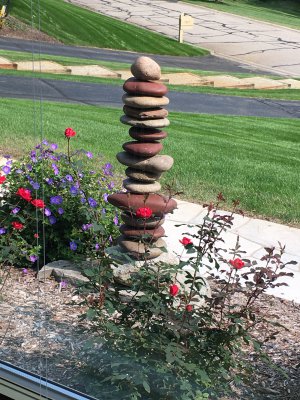- Joined
- Jan 2, 2014
- Messages
- 8,853
Welcome to the group @Girlyharleygirl !
The more info that you can give the better the advice will be.
(type of stone, shape of stone, what hammer drill and bits you have now, etc.)
I have one of those hand-drill stands shown above that I have been trying to give away, but no takers.
Even the local used tool store didn't want it; no market.
(I used it as a bottle-capper when I made my own beer, but that hobby has gone by the wayside)
-brino
The more info that you can give the better the advice will be.
(type of stone, shape of stone, what hammer drill and bits you have now, etc.)
I have one of those hand-drill stands shown above that I have been trying to give away, but no takers.
Even the local used tool store didn't want it; no market.
(I used it as a bottle-capper when I made my own beer, but that hobby has gone by the wayside)
-brino



 .
.